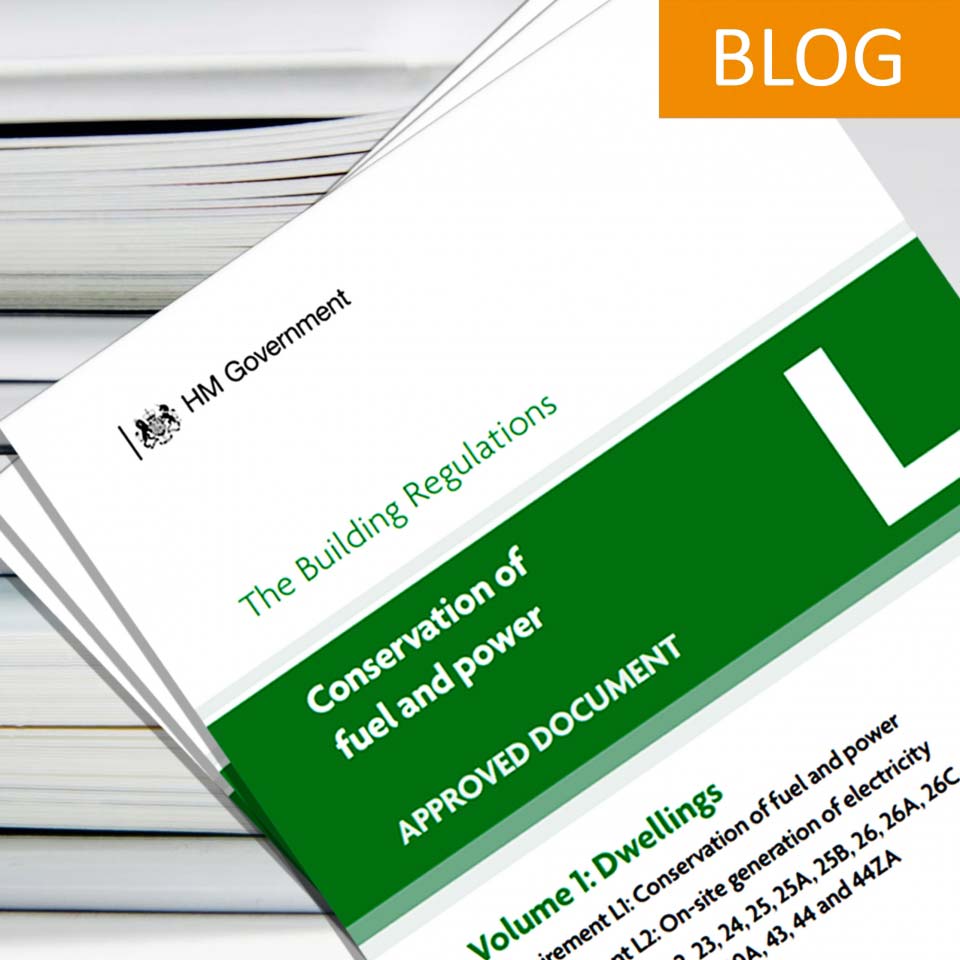By Mark Dawes, Managing Director, CAD Architects
In December 2021, the Department for Levelling Up, Homes and Communities announced a raft of changes to Building Regulations that will take effect from 15th June 2022.
These come as part of the Government’s concerted effort to drive energy efficiency and reduce CO2 emissions. From 15th June, new homes in England will have to produce around 30% less CO2 than current standards, whilst extensions and new commercial buildings such as shops and offices will need to slash emissions by 27%.
The significant update provides an uplift to existing energy efficiency standards and marks a stepping stone towards the introduction of the Future Homes and Buildings Standard in 2025, at which point energy efficiency standards will rise again. The new Building Regulations are thus a ‘stopgap’ which help pave the way for the Future Homes and Buildings Standard, which aims to future proof new buildings with low-carbon heating systems and “world leading levels” of energy efficiency.
The new Building Regulations coming into force this month comprise five new Approved Documents, including uplifts to Part L (fuel and power) and Part F (ventilation), which will have a marked impact on new buildings and existing buildings. The government has also published Approved Document S, which provides technical guidance regarding the installation of electric car charge points in homes.
Local authorities have the power to enforce these regulations, so any builders not following the rules could face legal action.
As a leading Chartered Architects practice in the South West, we welcome these new regulations as an important step forward on the journey to achieving Net Zero by 2050.
Here are some of the key headlines from the new Building Regulations for new and existing homes:
New homes
An entirely new Building Regulation and Approved Document O has been set up to mitigate the risk of overheating in new homes. One key inclusion is that maximum limits to the amount of glazing will be set on new residential buildings.
New homes will adopt the Fabric Energy Efficiency Standard to measure energy efficiency.
There will be a maximum flow temperature requirement of 55°C for new and replacement heating systems, as part of the Part L uplift.
An appendix has also been included in Part L which sets out a good practice specification for a home built with a heat pump.
Existing homes
In existing homes, standards have been raised to reduce energy use and carbon emissions during home improvements.
Uplifts to Part L and Part F of the Building Regulations have set new minimum standards for fabric efficiency. For example, there will be a new efficiency metric for the whole house calculation method for new extensions.
It will be a requirement for new or replacement heating system designs to accept low-carbon heating in future, including integrating the latest Ecodesign appliance benchmarks.
There is one important point to know If you’ve already submitted a building notice, initial notice, or full plan before 15th June 2022. In this case, the previous regulations will apply and you just need to make sure building work starts before 15 June 2023.
Otherwise, the new Building Regulations will be enforced for all work from 15th June 2022.
For further information and advice about how to comply with the new Building Regulations, as well as expert recommendations for improving the energy efficiency of your building project, contact our team at: studio@cadarchitects.co.uk.
Here are some useful links to the specific documents with the latest updates.
Approved document L (conservation of fuel and power)
Approved document O (overheating)
Approved document S (infrastructure for charging electric vehicles)
